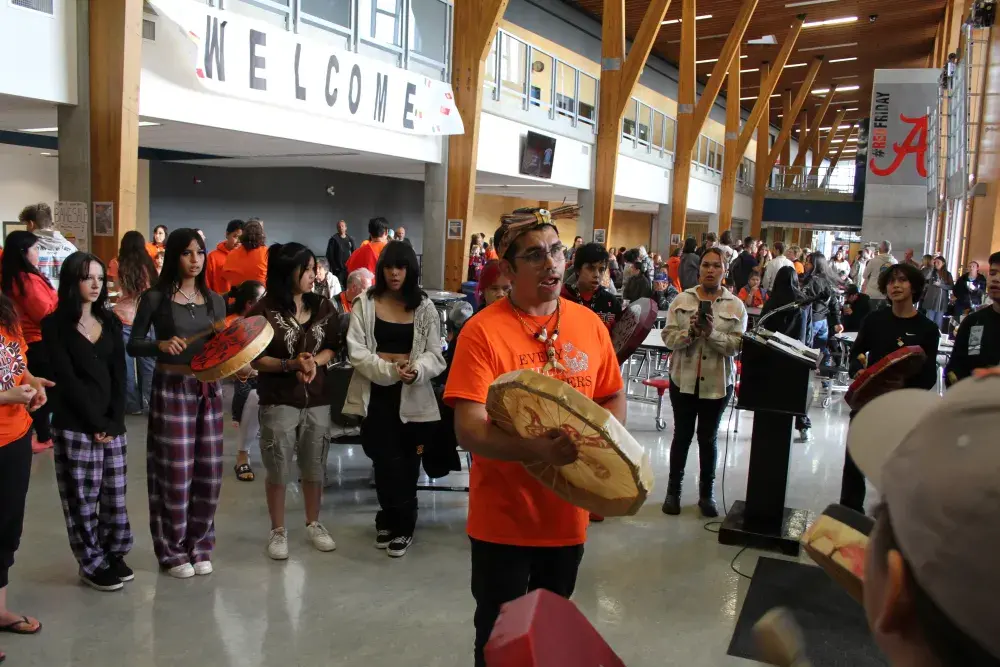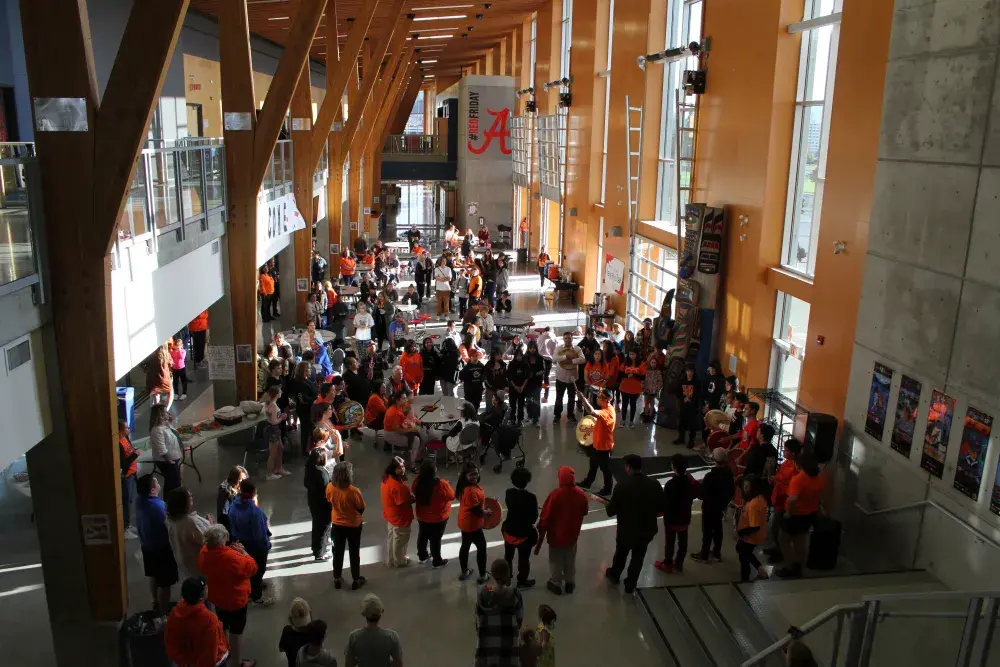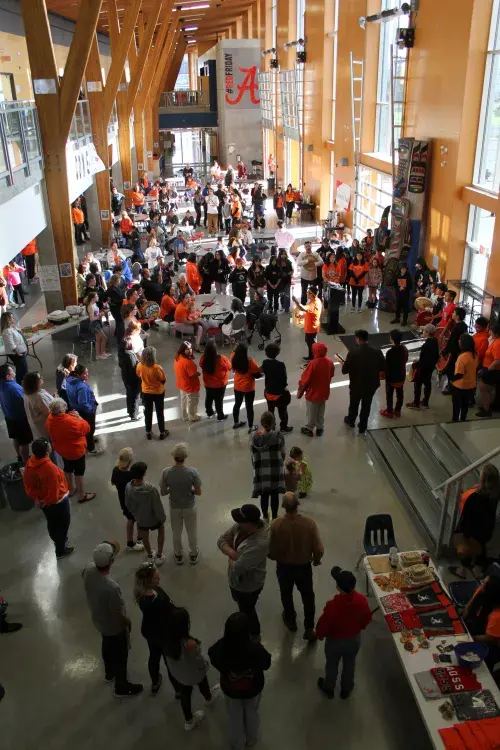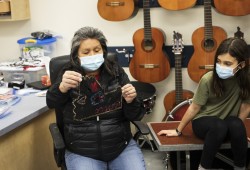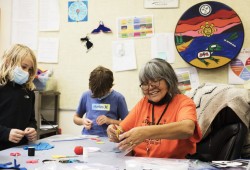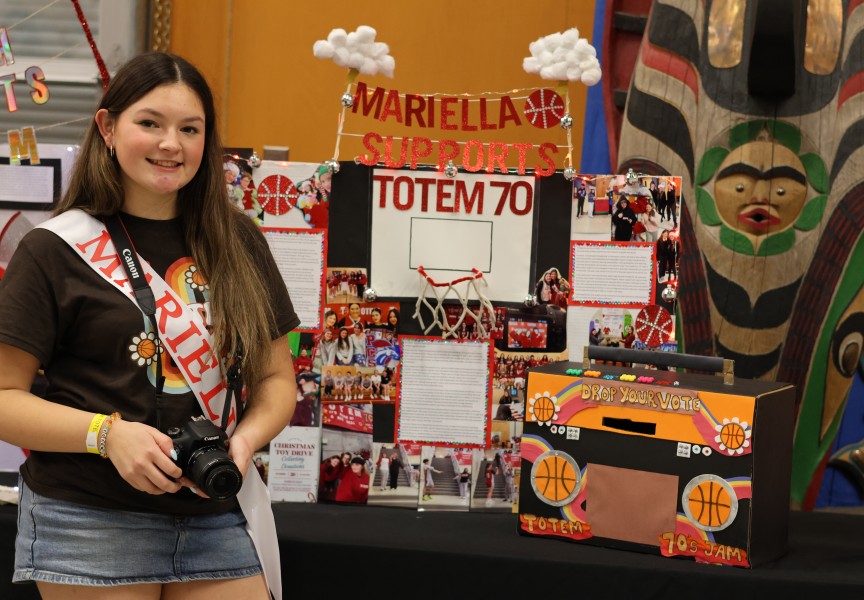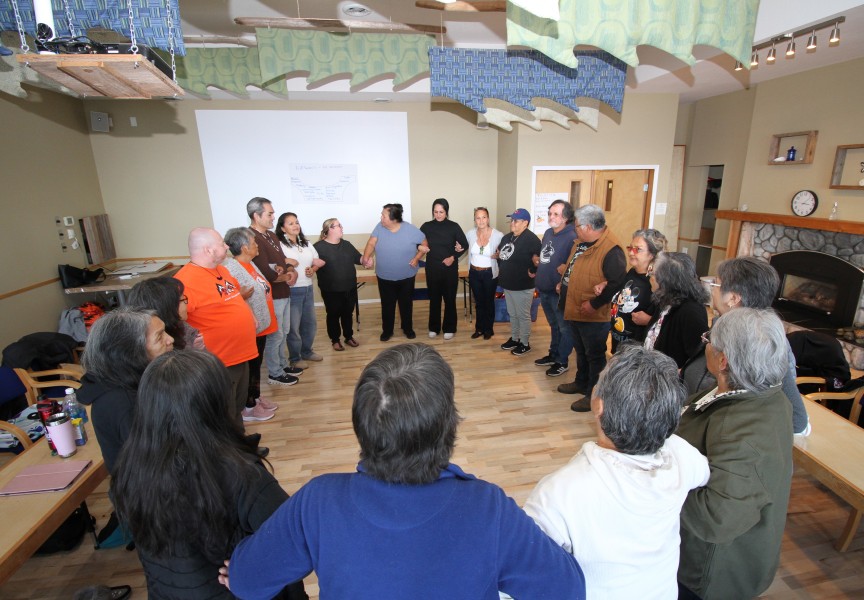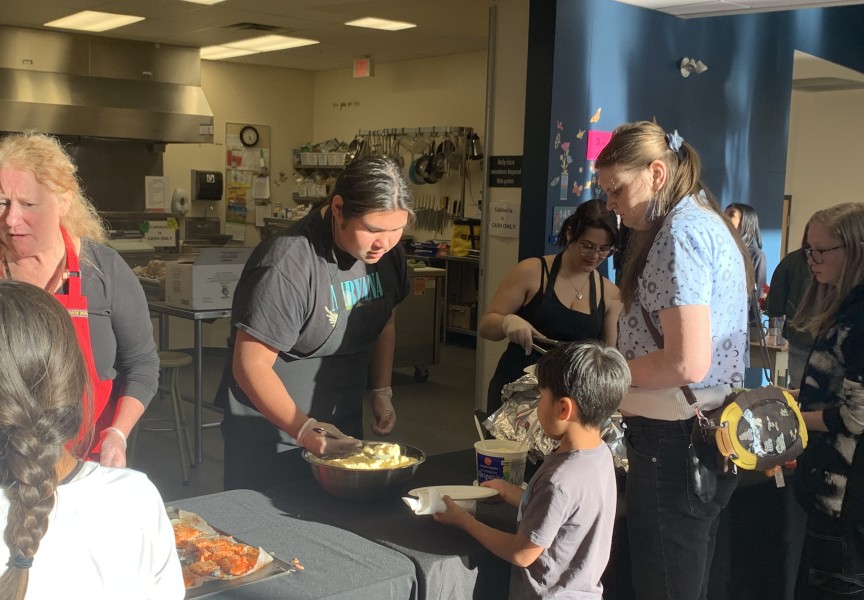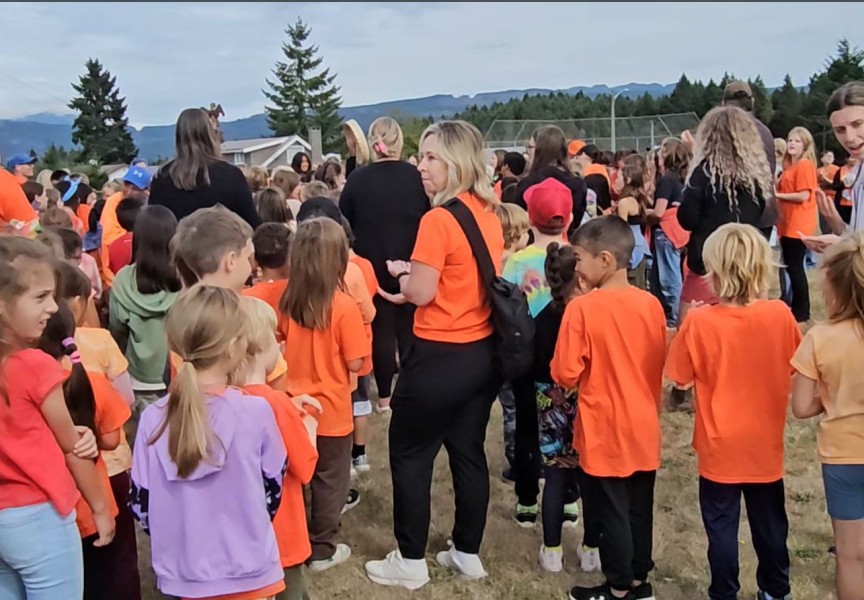A change in federal funding parameters is causing the end of the Nuu-chah-nulth Education Worker program after 36 years of operating, forcing school districts to adapt to stay on track with their Indigenous students.
The Nuu-chah-nulth Education Worker program began as a pilot in 1988 with two positions, and has since grown to a staff 14 who work in schools across western Vancouver Island, from Port Alberni and Ucluelet to Kyuquot. Ten NEWs currently assist Nuu-chah-nulth students and families in School District 70’s facilities in Port Alberni, Tofino and Ucluelet, while another four work in SD84 in Gold River, Zeballos and Kyuquot.
The NEWs help students and their families navigate through the education system, explained Ian Caplette, director of Education, Training and Social Development for the Nuu-chah-nulth Tribal Council, which manages the program.
“Primarily their role is to be a point of contact for Nuu-chah-nulth students and Nuu-chah-nulth families, to provide some support with navigating school,” he said. “With NEWs in place, it’s a little bit easier for them to feel that they belong.”
But the funding model has changed, leaving not enough to employ Nuu-chah-nulth Education Workers.
“The parameters around the funding have changed, so there’s no flexibility within that,” said Caplette. “The capacity that the NTC has to pay for our side of that service has evaporated. We don’t have that ability anymore, and that’s because Indigenous Services Canada changed their funding agreement.”
NTC President Judith Sayers has pushed for the feds to restore support for the NEW program under the Comprehensive Funding Agreement.
“The CFA basically gives ISC the latitude to change any formula they want without talking to us, which goes contrary to everything - reconciliation, UNDRIP,” she said. “They didn’t ask, they just did it.”
It’s a complicated dilemma, compounded by the issue that funding directed to a few nations is being used by members of other tribes in an urban setting like Port Alberni.
“These workers in the schools were servicing all of Nuu-chah-nulth, but only being paid for by a few of them,” said Sayers. “It’s really a complex situation, but there’s no way that these three nations can actually carry the number of workers that are required for all of the schools in Port Alberni.”
School District 70 also received funding to pay for half the NEW program in its schools. The district has responded to the end of the program by hiring many of the existing NEWs to serve as Indigenous support workers once the Nuu-chah-nulth program ends. So far the school district has made positions for eight Indigenous support workers, replacing the current 10 NEW positions.
This will enable the established relationships with NEWs to remain in place, said Jaime Hansen, SD70’s director of instruction for Indigenous Education, as the workers continue to liaise with families about matters like managing student attendance.
“We’re just happy, as a school district, to continue this program with the nations because it’s very valued in our schools,” said Hansen. “They have helped build amazing relationships between the community and the school district.”
SD84 has yet to come to a decision about the matter, but Kyuquot is trying to create a position to replace its current NEW who works in the remote community’s school.
This could bring some relief to concerned parents who hope to see the NEWs that they have developed relationships with remain. The program has helped to bring more Nuu-chah-nulth staff into the region’s schools, where a high proportion of the student population identifies as Indigenous. Approximately one third of School District 70 is aboriginal, while an even higher proportion of SD84 is Indigenous.
“The school system does not particularly have a lot of people employed within it that are Nuu-chah-nulth,” said Caplette of the benefits of the NEWs. “They know the family connections and they make connections with the students about that.”
It’s part of a movement among British Columbia’s school districts to give First Nation youngsters a sense of belonging, thereby moving beyond the dismal graduation rates seen a generation ago.
One of the most recent developments in this movement is an amendment to B.C.’s Education Act introduced last fall. With the aim of giving Indigenous communities more say in the direction of their children’s education, Bill 40 requires the forming of Indigenous Education Councils in school districts across the province, bodies that will work with boards of school trustees.
“The membership and function of IECs will recognize and reflect the local First Nations in whose territories the board operates,” stated the B.C. Ministry of Education in a press release from Oct. 25. “IECs will support boards in the provision of ongoing, comprehensive and equitable education and support services for Indigenous students, including providing Indigenous perspectives for the benefit of all students, and advice on and approving the board’s spending plans and reports in relation to Indigenous education-targeted funds.”
In SD70, this has strengthened a pre-existing Indigenous committee from just holding an advisory role, explained Hansen. The district’s Indigenous Education Council is made up of representatives from Nuu-chah-nulth nations in the region, as well as one member from the Alberni-Clayoquot Métis Society.
“This committee has say over the targeted funding and what they see is the best use for that funding within our school district,” said Hansen, adding that this council can also give direction to the new Indigenous Support Worker program.
Results from districts in Nuu-chah-nulth territory indicate that efforts over recent decades could be helping with the rate that students complete high school within six years of entering Grade 8.
In SD70 the high school completion rate was 76 per cent among Indigenous students last year, six points behind the rest of the school. Back in 2009 just 20 per cent of Indigenous students finished high school within the six-year time frame, while the rest of the student population had a completion rate of 63 per cent.
In SD84 the most recent data from 2022 shows Indigenous students with a 64-per cent completion rate, 10 points behind others in the schools.
Sayers believes that the NEW program has been part of what has led to this upward trend in graduation rates.
“I know that Tseshaht, Hupacasath and Tla-o-qui-aht also have tutors in their communities that help the students,” she said. “There’s been a lot of efforts in the school, cultural programming and other presence of Nuu-chah-nulth in school where there never used to be.”
This has required schools to adapt to the cultural backgrounds of many of their First Nations students, explained Caplette.
“Their identity is formed and reflective of their cultural heritage and their social lives,” he said. “That’s not present in the overt curriculum of what a school does.”
But the NEW program has helped to foster a school environment where a young person feels they belong, something that Caplette has seen transfer over into adulthood.
“We find a lot of people still struggle with a sense of belonging within their employment even,” he said. “Much of that is similar conditions to what is faced in K-12 education system.”

